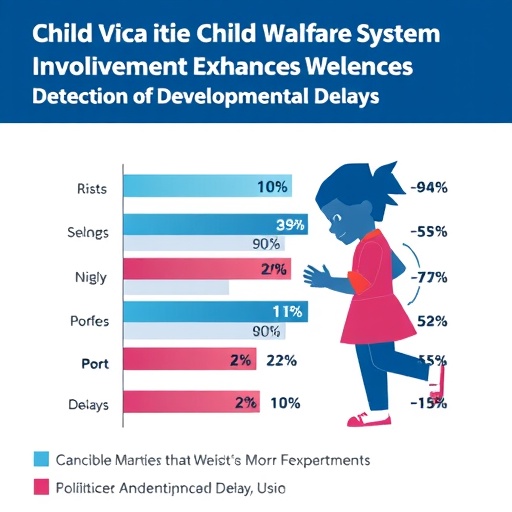The implementation of the two-tier soft drinks industry levy in the UK in 2018 was associated with an 8% reduction in obesity among 10-11 year old girls, with the greatest reductions seen in those living in the most deprived areas, according to a new study published January 26th in PLOS Medicine by Nina Rogers of University of Cambridge School of Clinical Medicine, UK, and colleagues.

Credit: Cottonbro Studio, Pexels (CC0, https://creativecommons.org/publicdomain/zero/1.0/)
The implementation of the two-tier soft drinks industry levy in the UK in 2018 was associated with an 8% reduction in obesity among 10-11 year old girls, with the greatest reductions seen in those living in the most deprived areas, according to a new study published January 26th in PLOS Medicine by Nina Rogers of University of Cambridge School of Clinical Medicine, UK, and colleagues.
Childhood obesity rates in England have risen in recent decades, with around 10% of 4-5 year old children and 20% of 10-11 year old children living with obesity in 2020. There is strong evidence that consumption of sugar sweetened beverages increases the risk of obesity and other serious diseases. In April 2018, the UK soft drinks industry levy (SDIL) went into effect to incentivize soft drinks makers to reduce the sugar content of drinks.
In the new study, researchers used annual repeat cross-sectional data on more than one million children in state-maintained English primary schools. Students aged 4-5 and 10-11 were followed over time between September 2013 and November 2019. The researchers compared the obesity levels 19 months following the SDIL with predicted obesity levels had the SDIL not happened, controlling for each child’s sex and the level of deprivation of their school area.
In 10-11 year old girls, there was an absolute reduction in the obesity rate of 1.6 percentage points (95% CI 1.1-2.1), which equates to an 8% relative reduction in obesity rates. The greatest reductions were seen in girls in the most deprived quintiles, with an absolute reduction of 2.4 percentage points (95% CI 1.6-3.2) in obesity prevalence in the most deprived quintile. In 10-11 year old boys, there was no overall change in obesity rates, and no obvious pattern of changes in relation to deprivation, though a 1.6% (95% CI 0.7-2.5) absolute increase in obesity rate was observed in the least deprived quintile (equivalent to a 10.1% relative increase). In younger children, no overall associations were found between the SDIL and obesity levels.
“Our findings suggest that the UK SDIL led to positive health impacts in the form of reduced obesity levels in girls aged 10-11 years,” the authors say. “Further strategies are needed to reduce obesity prevalence in primary school children overall, and particularly in older boys and younger children.”
Rogers adds, “We’ve shown for the first time that the UK Soft drink industry levy is likely to have helped prevent thousands of children becoming obese each year.”
#####
In your coverage, please use this URL to provide access to the freely available paper in PLOS Medicine: http://journals.plos.org/plosmedicine/article?id=10.1371/journal.pmed.1004160
Citation: Rogers NT, Cummins S, Forde H, Jones CP, Mytton O, Rutter H, et al. (2023) Associations between trajectories of obesity prevalence in English primary school children and the UK soft drinks industry levy: An interrupted time series analysis of surveillance data. PLoS Med 20(1): e1004160. https://doi.org/10.1371/journal.pmed.1004160
Author Countries: United Kingdom
Funding: NTR, OM, MW, and JA were supported by the Medical Research Council (grant Nos MC_UU_00006/7). This project was funded by the NIHR Public Health Research programme (grant Nos 16/49/01 and 16/130/01) to MW. The views expressed are those of the authors and not necessarily those of the National Health Service, the NIHR, or the Department of Health and Social Care, UK. The funders had no role in study design, data collection and analysis, decision to publish, or preparation of the manuscript.
Journal
PLoS Medicine
DOI
10.1371/journal.pmed.1004160
Method of Research
Observational study
Subject of Research
People
COI Statement
Competing interests: I have read the journal’s policy and the authors of this manuscript have the following competing interests. JA is an Academic Editor on PLOS Medicine’s editorial board.




